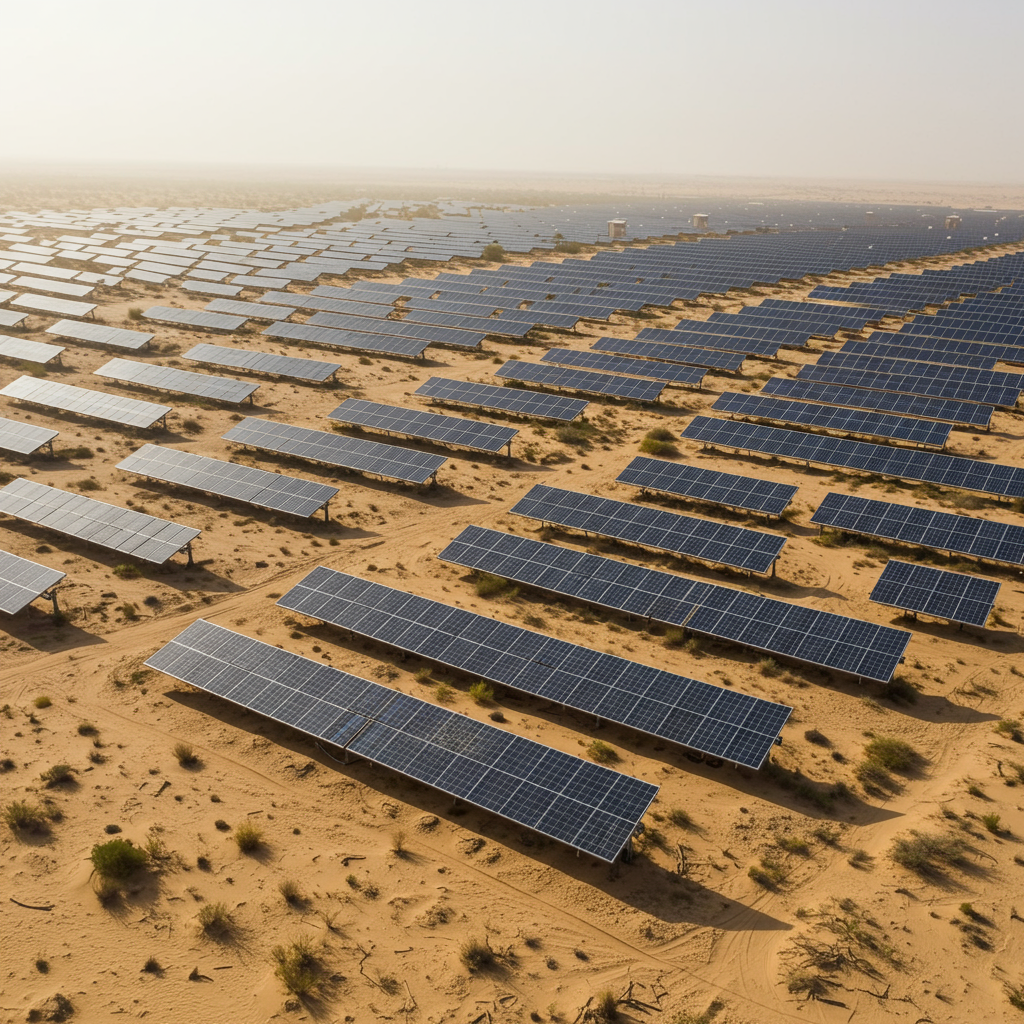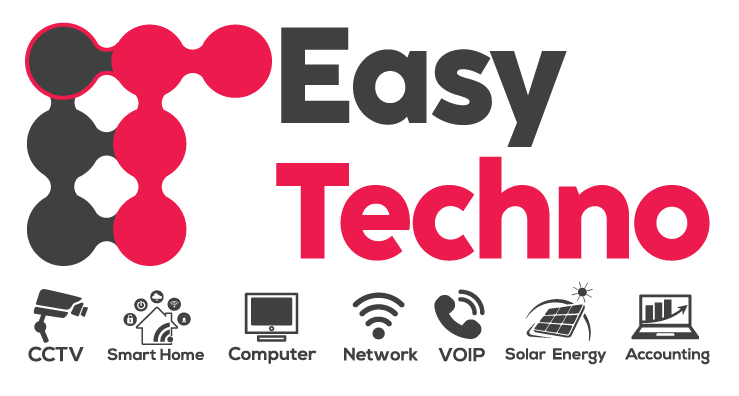Thin-Film vs. Crystalline Solar Panels: Which is Better for Oman’s Climate?

Thin-Film vs. Crystalline Solar Panels: Which is Better for Oman’s Climate?
Oman, with its abundant sunshine and ambitious vision for a sustainable future, is rapidly expanding its adoption of solar energy. Harnessing the power of the sun is a logical step for a country blessed with such a rich solar resource. However, the specific climate conditions of Oman—characterized by intense heat, high levels of dust and sand, and prolonged periods of direct sunlight—present unique challenges and considerations when choosing the right solar technology. Two primary types of solar panels dominate the market: crystalline silicon panels (both monocrystalline and polycrystalline) and thin-film panels. Understanding the differences between these technologies and how they perform under Oman’s challenging environment is crucial for maximizing energy yield, ensuring longevity, and achieving the best return on investment.
This article delves into the characteristics of thin-film and crystalline solar panels, examining their respective strengths and weaknesses, particularly in the context of Oman’s climate. By comparing their efficiency, temperature performance, durability against dust, space requirements, and cost-effectiveness, we aim to provide a comprehensive overview to help stakeholders make informed decisions about solar power systems in Oman.
Crystalline Solar Panels: The Established Standard
Crystalline silicon solar panels are the most common type found globally and in Oman. They are made from silicon wafers, which are cut from large silicon crystals. There are two main sub-types:
- Monocrystalline Silicon (Mono-Si): These panels are made from a single, pure silicon crystal. They are identifiable by their uniform dark color and rounded edges on the individual cells. Mono-Si panels are generally known for having the highest efficiency rates, typically ranging from 17% to over 22% under standard test conditions (STC). This high efficiency means they can generate more power from a smaller area, making them suitable for installations where space is limited.
- Polycrystalline Silicon (Poly-Si): These panels are made from multiple silicon crystal fragments melted together. They are recognizable by their blueish hue and rectangular cells with a granular, non-uniform appearance. Poly-Si panels are generally less efficient than monocrystalline panels, typically ranging from 15% to 19% efficiency. However, they are often less expensive to manufacture, leading to a lower initial cost per watt.
Performance in Oman’s Climate:
Crystalline panels perform very well under direct sunlight, which Oman has in abundance. Their primary challenge in Oman’s climate is performance degradation due to high temperatures. Silicon-based panels have a negative temperature coefficient, meaning their efficiency decreases as the temperature of the panel rises above STC (25°C). In Oman’s scorching summer heat, panel temperatures can easily reach 60°C to 80°C or even higher on rooftops. While crystalline panels are robust and durable, this significant temperature increase can lead to a considerable drop in energy output compared to their rated power at STC.
Durability against dust and sand is also a factor. The rigid glass surface of crystalline panels is relatively resilient, but accumulated dust and sand on the surface can significantly reduce light absorption and thus energy generation. Regular cleaning is essential to maintain optimal performance, regardless of the panel type, but the flat, accessible surface of crystalline panels makes cleaning relatively straightforward.
In terms of space, the higher efficiency of monocrystalline panels, in particular, means that less surface area is required to achieve a certain power output, which can be advantageous for rooftop installations or areas where land is expensive.
Thin-Film Solar Panels: The Flexible Alternative
Thin-film solar panels are manufactured by depositing very thin layers of photovoltaic material onto a substrate such as glass, plastic, or metal. The most common thin-film technologies include Cadmium Telluride (CdTe), Copper Indium Gallium Selenide (CIGS), and Amorphous Silicon (a-Si). Unlike the rigid wafers of crystalline panels, thin-film panels can be more flexible and are generally much thinner.
Performance in Oman’s Climate:
The primary advantage of some thin-film technologies, especially CdTe, in hot climates like Oman is their temperature performance. Many thin-film materials have a better temperature coefficient than crystalline silicon, meaning their efficiency drops less severely as temperatures rise. While they may have lower efficiency under STC, their relative performance can be better than crystalline panels at the high operating temperatures experienced in Oman’s peak summer months. This characteristic can potentially lead to a higher overall annual energy yield in extremely hot environments, despite lower peak efficiency.
Thin-film panels also sometimes perform better in low light or diffuse light conditions compared to crystalline panels. While Oman boasts intense direct sun, this characteristic might offer a slight advantage during hazy or partially cloudy periods, although this is less critical given the predominant climate.
However, thin-film panels generally have lower efficiency rates (typically ranging from 10% to 15%) than crystalline panels. This lower efficiency means that significantly more surface area is required to generate the same amount of power. For large-scale utility projects in the vast deserts of Oman, land availability is often not a major constraint, making the lower efficiency less of a deal-breaker. For smaller installations with limited space, this is a significant disadvantage.
Durability against dust is similar to crystalline panels; accumulation will reduce performance, and cleaning is necessary. The substrate material can influence long-term resilience depending on the specific technology and manufacturing. Encapsulation is critical to protect the thin layers.
Thin-Film vs. Crystalline for Oman: A Direct Comparison
When evaluating which technology is “better” for Oman, several factors specific to the local environment come into play:
- Heat Tolerance: This is arguably the most critical factor in Oman. Thin-film technologies, particularly CdTe, often have a lower (closer to zero) temperature coefficient than crystalline silicon. This means they lose less efficiency as temperatures climb. While crystalline panels are more efficient at 25°C, the intense heat in Oman means panels rarely operate at this temperature. At 60°C, a thin-film panel with a better temperature coefficient might outperform a crystalline panel with higher STC efficiency but a worse temperature response. This potential for better performance in extreme heat makes thin-film an attractive option for large, ground-mounted arrays in Oman’s desert regions.
- Space Utilisation: Crystalline panels, especially monocrystalline, offer higher power density. If the installation area is limited, such as on rooftops or in urban environments, crystalline panels are usually the preferred choice due to their higher efficiency, allowing more power to be generated from the available space.
- Dust and Cleaning: Both technologies are susceptible to performance degradation from dust and sand accumulation. Regular cleaning and maintenance are paramount for both thin-film and crystalline arrays in Oman. There is no clear winner here; effective site management and cleaning protocols are essential regardless of the panel type. However, the glass surfaces are generally robust on both types against abrasion from cleaning if done properly.
- Initial Cost vs. Long-Term Yield: Thin-film panels often have a lower manufacturing cost per watt initially. However, their lower efficiency means more panels (and potentially more mounting structure, wiring, etc.) are needed for the same output, which can increase balance-of-system (BOS) costs. Crystalline panels have a higher initial cost per watt but require less space and fewer units for the same output. The key is to look at the levelized cost of energy (LCOE) over the system’s lifetime, considering how each technology’s performance holds up under Oman’s specific climate conditions. A thorough analysis, potentially involving performance simulations under realistic temperature profiles, is necessary. Companies like easytechno specialise in providing tailored renewable energy solutions and can offer expert consultation based on site-specific data and project requirements.
- Availability and Maturity: Crystalline silicon technology is mature, widely available, and has extensive installation history globally, including in hot climates. Thin-film technologies, while proven, represent a smaller market share, and availability might vary. However, major thin-film manufacturers have supplied large projects successfully.
Conclusion
Ultimately, there is no single “better” solar panel type for all applications in Oman. The optimal choice depends heavily on the specific project’s requirements, site conditions, budget, and priorities.
Crystalline silicon panels, particularly monocrystalline, remain the go-to choice when space is limited and high peak efficiency is critical. They are a reliable and widely deployed technology with proven performance and durability, provided the impact of high temperatures on efficiency is accounted for.
Thin-film panels, especially technologies like CdTe with superior temperature coefficients, present a compelling case for large-scale, ground-mounted installations in Oman’s intensely hot desert environments where land is abundant. Their ability to lose less efficiency at high operating temperatures can translate into a higher total energy yield over the year, potentially offering a better economic outcome despite lower STC efficiency.
Regardless of the technology chosen, effective system design (including adequate ventilation for panels to dissipate heat), high-quality installation, and diligent ongoing maintenance (especially cleaning to combat dust) are crucial for maximizing the performance and lifespan of any solar power system in Oman’s challenging climate. Consulting with experienced solar energy providers in Oman, such as those offering consultation on solar panels and system design, is the most effective way to determine which technology best suits your specific needs and ensures a successful and efficient solar energy project.
